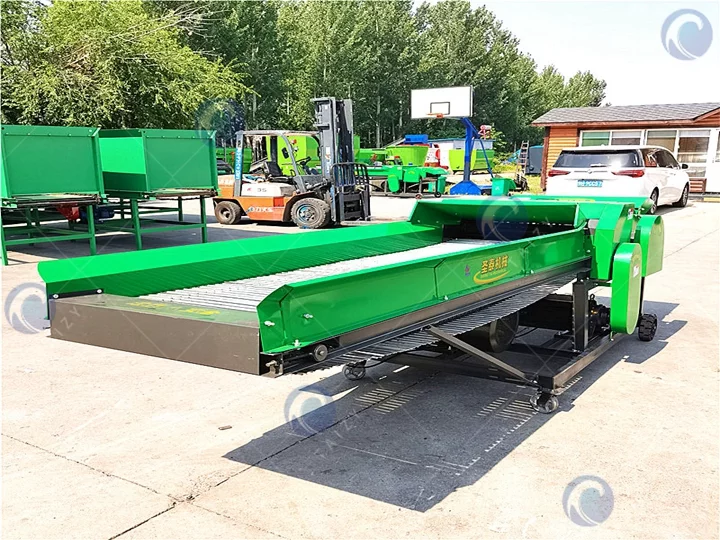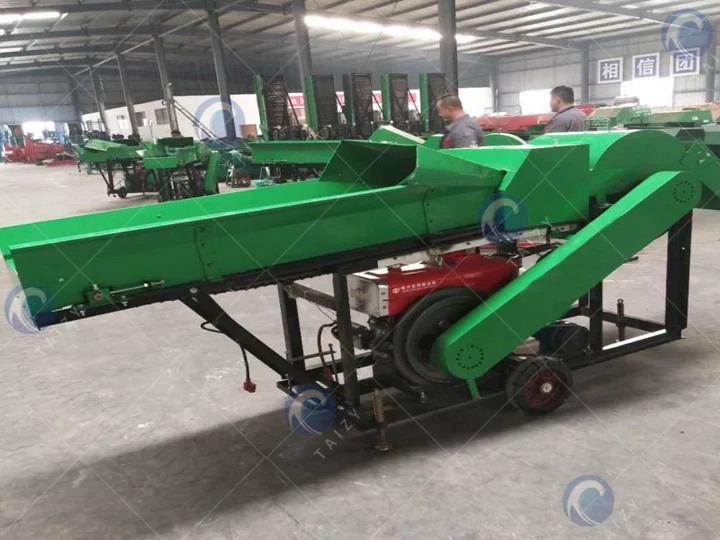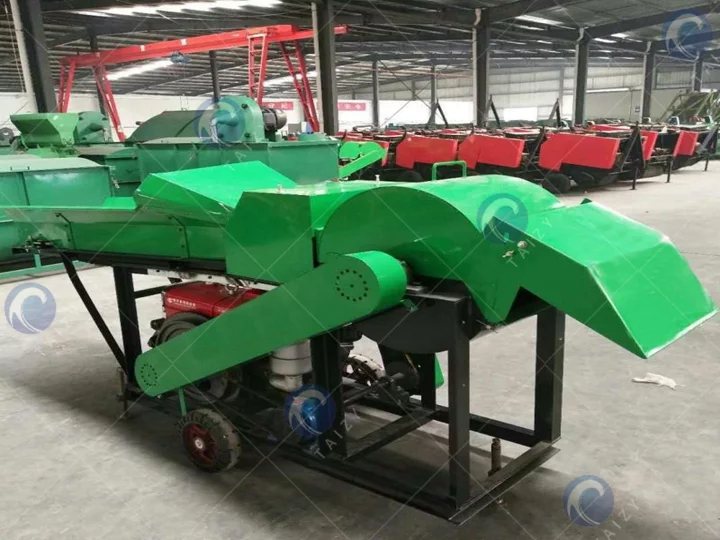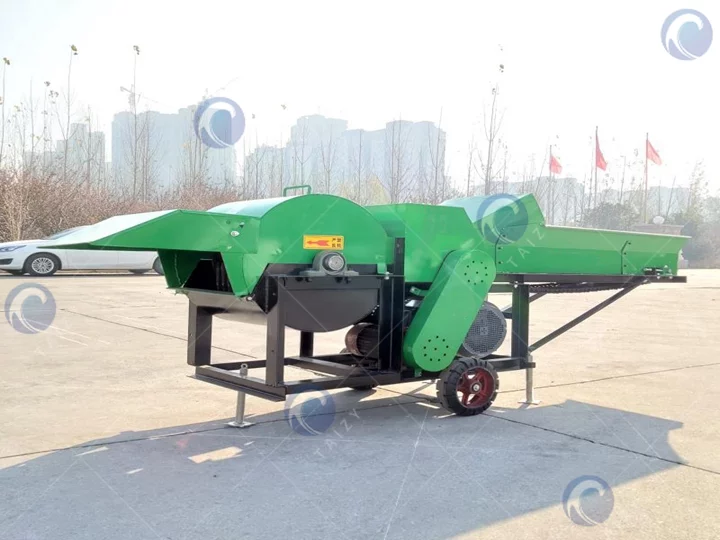Quy trình vận hành máy cắt thức ăn ủ chua
Máy cắt ủ chua là công cụ thiết yếu trong nông nghiệp hiện đại, thuận lợi cho việc xử lý thức ăn thô cho gia súc một cách hiệu quả. Mặc dù những máy này góp phần lớn vào tăng năng suất, điều quan trọng là phải ưu tiên an toàn trong quá trình vận hành chúng.
Việc thực hiện các quy trình vận hành an toàn phù hợp không chỉ bảo vệ thiết bị mà quan trọng hơn là bảo vệ sức khỏe của người vận hành. Dưới đây là hướng dẫn toàn diện về các biện pháp an toàn và quy trình vận hành máy cắt thức ăn ủ chua:
1. Kiểm tra trước khi vận hành:

Trước khi bắt đầu vận hành máy cắt thức ăn ủ chua, hãy tiến hành kiểm tra kỹ lưỡng trước khi vận hành. Kiểm tra mọi dấu hiệu mòn, các bộ phận lỏng lẻo hoặc hư hỏng và đảm bảo rằng tất cả các thiết bị bảo vệ an toàn đều được đặt đúng chỗ. Xác minh rằng cơ cấu cắt ở tình trạng tốt và máy được bôi trơn đầy đủ.
2. Đào tạo và làm quen:
Người vận hành phải được đào tạo thích hợp về cách vận hành máy cắt thức ăn ủ chua. Giúp họ làm quen với các điều khiển của máy, quy trình tắt khẩn cấp và các tính năng an toàn. Việc đào tạo cần nhấn mạnh tầm quan trọng của việc tuân theo các hướng dẫn an toàn để ngăn ngừa tai nạn và thương tích.
3. Đeo thiết bị bảo hộ cá nhân (PPE):
Người vận hành phải đeo thiết bị bảo hộ cá nhân thích hợp, bao gồm kính bảo hộ và giày dép chắc chắn. PPE đóng vai trò là tuyến phòng thủ quan trọng chống lại các mối nguy tiềm ẩn như mảnh vụn bay và tiếng ồn quá mức trong quá trình vận hành máy.

4. Giao tiếp rõ ràng:
Thiết lập các giao thức liên lạc rõ ràng giữa các thành viên trong nhóm trong quá trình vận hành máy cắt thức ăn ủ chua. Điều này giúp ngăn ngừa va chạm hoặc vướng víu do vô tình.
5. Bảo vệ khu vực làm việc:
Dọn sạch khu vực làm việc khỏi chướng ngại vật, mảnh vụn và nhân sự không cần thiết trước khi khởi động máy. Đảm bảo rằng những người ngoài cuộc và những người không được ủy quyền ở khoảng cách an toàn với khu vực hoạt động. Đánh dấu ranh giới để hạn chế quyền truy cập vào khu vực làm việc.
6. Cài đặt máy phù hợp:
Làm theo hướng dẫn của nhà sản xuất để thiết lập máy cắt thức ăn ủ chua. Đảm bảo rằng nó được gắn chắc chắn vào nguồn điện và xác minh rằng tất cả các bộ phận đều được lắp ráp chính xác. Việc thiết lập không đúng cách có thể dẫn đến trục trặc và gây ra những rủi ro an toàn nghiêm trọng.

7. Cơ chế dừng khẩn cấp:
Làm quen với người vận hành về vị trí và hoạt động của nút dừng khẩn cấp. Trong trường hợp xảy ra bất kỳ tình huống hoặc nguy hiểm bất ngờ nào, việc kích hoạt ngay cơ chế dừng khẩn cấp có thể ngăn ngừa tai nạn và thương tích.
8. Bảo trì thường xuyên:
Thực hiện lịch bảo trì định kỳ cho máy cắt thức ăn ủ chua. Thường xuyên kiểm tra và thay thế các bộ phận bị mòn, bôi trơn các bộ phận chuyển động và giải quyết kịp thời mọi vấn đề. Máy móc được bảo trì tốt sẽ ít gặp trục trặc hơn, góp phần đảm bảo an toàn chung.
9. Nhận thức của người vận hành:
Người vận hành nên thận trọng và tập trung trong quá trình vận hành máy. Tránh bị phân tâm và không tham gia vào các nhiệm vụ không liên quan đến hoạt động của máy cắt thức ăn ủ chua. Người vận hành tập trung được trang bị tốt hơn để phản ứng nhanh với các điều kiện thay đổi.

Phần kết luận:
An toàn phải luôn được ưu tiên hàng đầu khi vận hành máy cắt thức ăn ủ chua. Bằng cách tuân thủ các quy trình vận hành này và nhấn mạnh tư duy an toàn là trên hết, nông dân có thể đảm bảo sử dụng hiệu quả và an toàn các công cụ nông nghiệp có giá trị này.
Đào tạo thường xuyên, bảo trì phù hợp và cam kết về an toàn góp phần tạo nên một môi trường làm việc nơi cả người vận hành và máy móc đều có thể hoạt động tối ưu.